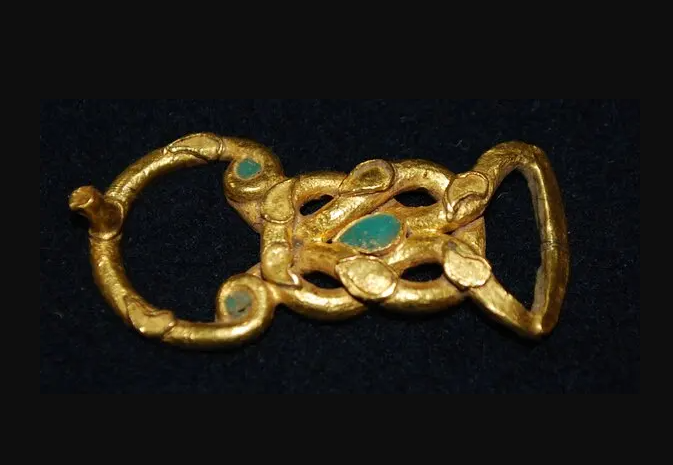After nearly a decade of legal battles and diplomatic negotiations, a significant milestone has been achieved in the realm of cultural heritage. Treasures from Crimea, which were unlawfully taken from Ukraine and held in limbo, have finally been returned to their rightful home. This momentous event marks a triumph for the protection of cultural artifacts and highlights the importance of international cooperation in preserving our shared heritage. In this article, we delve into the story of the Crimean treasures, their tumultuous journey, and the significance of their return to Ukraine.

The Crimean Treasures: A Rich Cultural Legacy
Crimea, a region known for its rich historical and cultural heritage, boasts a treasure trove of archaeological artifacts and artistic masterpieces. These treasures span centuries, representing various civilizations that have left their mark on the region. From ancient Greek and Roman artifacts to medieval Byzantine and Crimean Tatar works, these cultural treasures provide invaluable insights into the region’s vibrant past.
The Annexation of Crimea and Illicit Art Trafficking
In 2014, Crimea was annexed by Russia, leading to a period of political turmoil and upheaval. Amidst this chaos, numerous cultural artifacts were illegally transported out of Crimea, raising concerns about the illicit trade of art and the loss of cultural heritage. The removal of these treasures from their original context not only disrupts our understanding of history but also fuels the black market for stolen antiquities.

The Legal Battle for Restitution
Ukraine, determined to reclaim its cultural patrimony, embarked on a legal battle to secure the return of the Crimean treasures. The process involved navigating complex international laws, negotiating with foreign institutions, and providing evidence of the illicit removal of the artifacts. The legal battle highlighted the importance of international cooperation, as Ukraine sought support from the international community and engaged in bilateral discussions with relevant stakeholders.
The Role of Cultural Heritage in National Identity
The return of the Crimean treasures goes beyond the recovery of stolen artifacts. It represents the restoration of national identity and the reaffirmation of Ukraine’s rich cultural heritage. Cultural heritage plays a vital role in shaping a nation’s identity, providing a sense of continuity, pride, and connection to the past. The repatriation of these treasures allows Ukraine to reclaim its historical narrative and reinforce its cultural identity.

The Significance of International Collaboration
The successful return of the Crimean treasures is a testament to the power of international collaboration and the collective effort to protect cultural heritage. It required the cooperation and support of various entities, including governments, legal experts, museums, and cultural organizations. The case serves as a precedent for future restitution efforts and underscores the importance of global cooperation in safeguarding our shared cultural legacy.
Preserving Cultural Heritage in a Globalized World
The story of the Crimean treasures raises broader questions about the preservation of cultural heritage in an increasingly globalized world. As art and artifacts circulate across borders, the risk of illicit trafficking and the loss of cultural context intensify. The return of these treasures serves as a reminder of the need for robust legal frameworks, ethical collecting practices, and international cooperation to combat the illicit trade of cultural artifacts.

The Impact on Cultural Diplomacy
The repatriation of the Crimean treasures also carries implications for cultural diplomacy. The return of stolen artifacts fosters goodwill between nations, strengthens diplomatic ties, and promotes dialogue on shared cultural heritage. It sets a precedent for resolving disputes over cultural property and encourages a more collaborative approach to preserving and showcasing cultural treasures.

The return of the Crimean treasures to Ukraine after nine years in limbo symbolizes a significant victory for cultural heritage preservation and international cooperation. These treasures, which represent the rich history and cultural legacy of Crimea, have been rightfully restored to their rightful home. The case underscores the importance of protecting cultural artifacts, combating illicit trafficking, and upholding the principles of cultural heritage stewardship. As the world continues to grapple with the challenges of preserving our shared heritage, the repatriation of the Crimean treasures serves as a beacon of hope, reminding us of the power of collaboration and the enduring value of our cultural legacy.